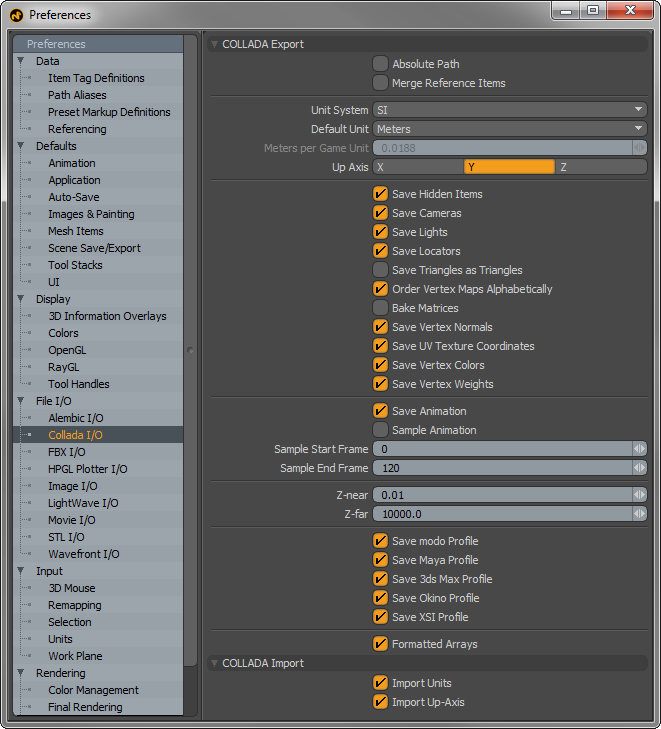

Measures of neonatal organ dysfunction have been developed but remain distinct from definitions of infection or sepsis at present.


The neonatal Sequential Organ Failure Assessment Score (nSOFA) 10 characterises neonatal organ dysfunction and predicts mortality in this setting, and thus the potential for its use in the definition of neonatal sepsis. 9 Neonatal sepsis literature is therefore at variance with adult and paediatric sepsis consensus and a greater emphasis on multiorgan dysfunction may be merited. Even when microbiological tests are completed, culture-positive ‘sepsis’ is observed in only 30–40% of cases in adults. 9), the recent consensus definitions for sepsis and septic shock in adults, primarily uses multiorgan dysfunction rather than microbial culture in the screening and diagnosis of sepsis. While some experts advocate to consider sepsis evaluations completed after 48–72 h of negative blood cultures 4, 5 data available from two large randomised controlled trials (RCTs) in recent years (INIS 6 and ELFIN 7) show culture-negative sepsis rates of 56% and 46%, respectively.Īntibiotic overuse and resistance are increasingly common but under-recognition of sepsis remains an issue resulting in campaigns from the World Health Organisation (WHO). Current conventional gold standard diagnosis of sepsis based on microbial culture does not appear to reliably rule-out sepsis, with reported rates of ‘culture-negative’ or ‘suspected’ sepsis varying widely in the literature. Despite ongoing advances in molecular diagnostics, 3 the accurate and timely diagnosis of sepsis in neonates remains challenging. An international consensus-based definition of neonatal sepsis could allow meta-analysis and translate results to improve outcomes.Īn estimated 3,000,000 newborns are affected by sepsis annually 1 with mortality set to reach 375,000 in 2019 (ref. DiscussionĪ diverse range of definitions of neonatal sepsis are used and based on microbiological culture, laboratory tests and clinical signs in contrast to adult and paediatric sepsis which use organ dysfunction. Blood culture featured in 83 definitions, laboratory testing featured in 48 definitions while clinical signs and radiology featured in 80 and 8 definitions, respectively. The single most common definition was neonatal sepsis defined by blood culture alone ( n = 35), followed by culture and clinical signs ( n = 29), and then laboratory tests/clinical signs ( n = 25). Of 668 papers screened, 80 RCTs were included and 128 individual definitions identified. Definitions were sub-divided into five primary criteria for infection (culture, laboratory findings, clinical signs, radiological evidence and risk factors) and stratified by qualifiers (early/late-onset and likelihood of sepsis). MethodĪ systematic search of the Embase and Cochrane databases was performed for RCTs which explicitly stated a definition for neonatal sepsis. We aimed to catalogue the current definitions of neonatal sepsis in published randomised controlled trials (RCTs). Neonatal sepsis is a leading cause of infant mortality worldwide with non-specific and varied presentation. On behalf of the Infection, Inflammation, Immunology and Immunisation (I4) section of the European Society for Paediatric Research (ESPR).Neonatal sepsis definitions from randomised clinical trials


 0 kommentar(er)
0 kommentar(er)
